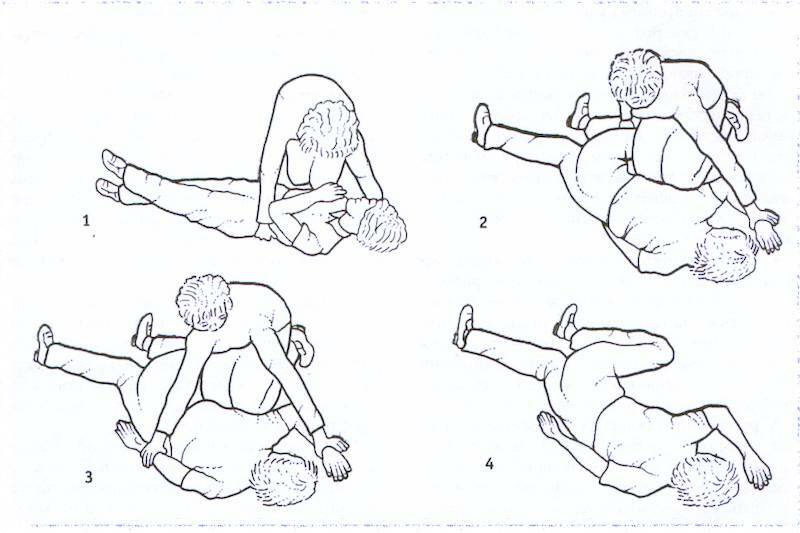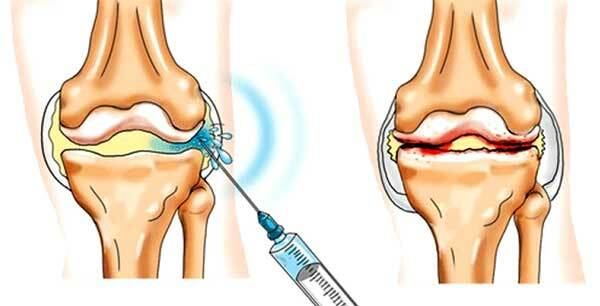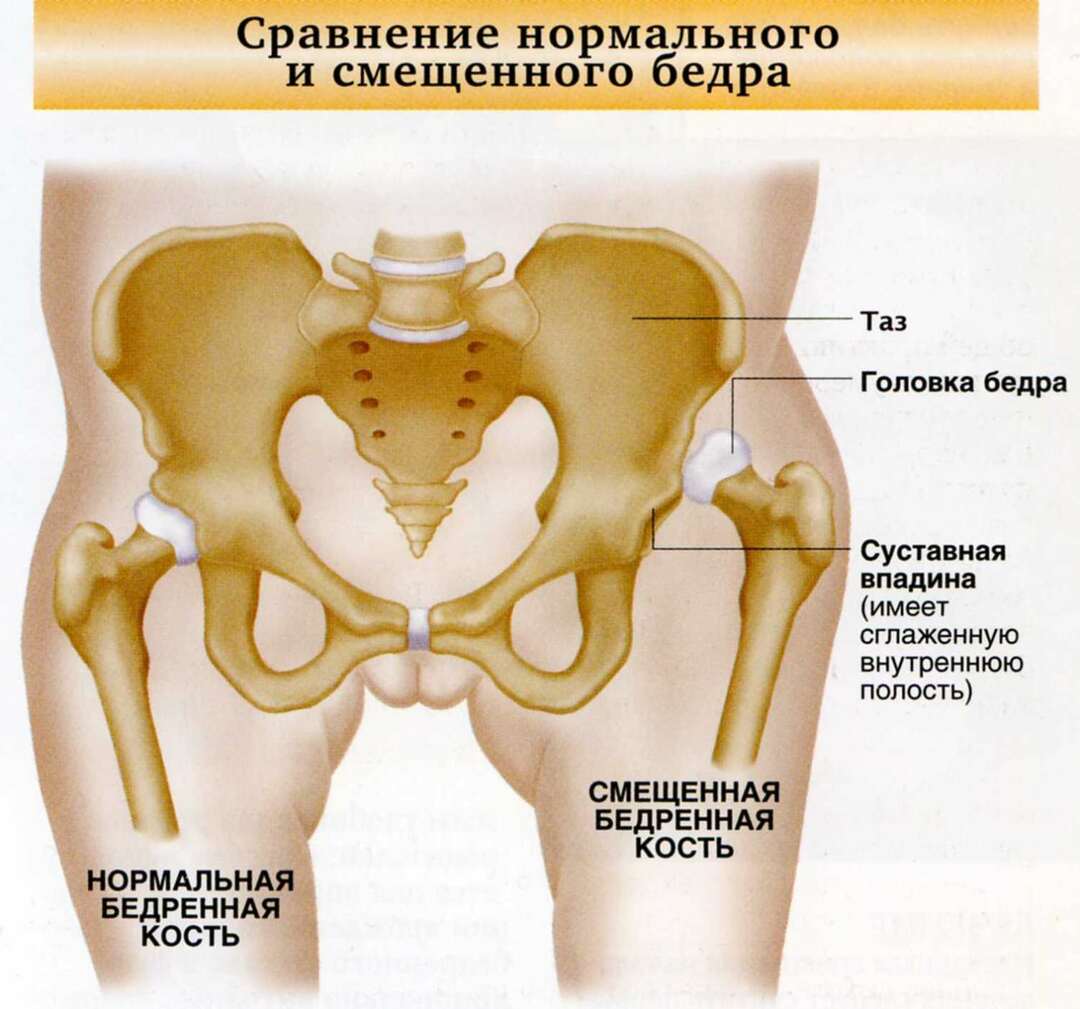Joint dislocation: symptoms and treatment
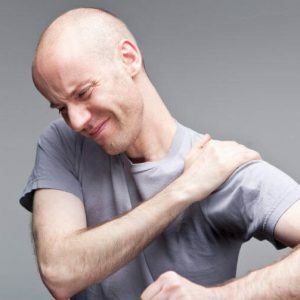 Dislocation is a pathological condition in which the relationship of the articular surfaces of bones is disturbed.The dislocated joint is unable to perform its function to the fullest extent, which affects the motor activity of a person.Traumatologists very often face this problem in their medical practice.And this is not surprising, because in fact with this trouble everyone can face.To get a dislocation, sometimes it is enough to stumble and fall off unsuccessfully.
Dislocation is a pathological condition in which the relationship of the articular surfaces of bones is disturbed.The dislocated joint is unable to perform its function to the fullest extent, which affects the motor activity of a person.Traumatologists very often face this problem in their medical practice.And this is not surprising, because in fact with this trouble everyone can face.To get a dislocation, sometimes it is enough to stumble and fall off unsuccessfully.
Dislocation types
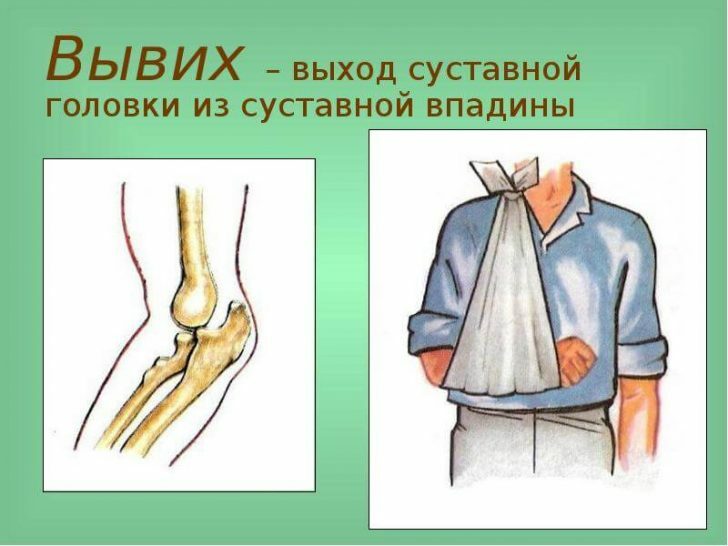
There are several classifications based on the cause, duration, etc.So, distinguishes between fresh ( existing up to three days), stale ( lasting from three days to two weeks) and aged ( lasting more than two weeks) dislocations.
Given the scale of displacement of articular surfaces, there are full and incomplete dislocations.
Complete is called a dislocation, in which the articular surfaces of the bones do not touch at all.When incomplete dislocation of articular surfaces diverge not completely and partially touch.Incomplete dislocation is also called subluxation of .If dislocation is accompanied by rupture of ligaments, skeletal muscles, vessels, nerves, fracture of bones - they speak of complicated dislocation of .If the trauma is not accompanied by such violations, then is said to be uncomplicated dislocation.
With closed dislocation of , the integument over the joint remains intact.With open - there is a rupture of the skin and tissues over the surface of the dislocated joint, a wound is observed.

Causes of dislocation
In view of the origin, congenital dislocations and acquired are separately isolated.
Congenital dislocations of are formed in utero and are a consequence of the development of articular tissue.The most common is congenital dislocation of the hip joint .In this pathological condition, the baby can not fully develop the hip joint.When trying to deploy a dislocated joint, the parent feels an obstacle.In favor of congenital dislocation of the hip joint also asymmetry of the gluteal folds.
Congenital dislocations of other joints are much less common: knee and patella.
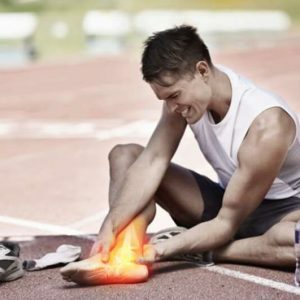 Acquired dislocations of result from injury or illness.Accordingly, distinguish traumatic and pathological dislocations.
Acquired dislocations of result from injury or illness.Accordingly, distinguish traumatic and pathological dislocations.
Traumatic dislocation of occurs often as a result of an indirect injury when a blow or fall falls on the adjacent joint or the distal part of the limb.This is observed when falling on a bent or straightened limb, which leads to forced movement in the joint.Much less often the dislocation develops due to direct trauma - when it strikes or falls directly on the joint.Traumatic dislocations are particularly affected by athletes and people engaged in production.
The unfavorable outcome of a traumatic dislocation is the habitual dislocation of .A similar option is possible if the acute dislocation was not completely cured, when the patient, for example, could not stand the necessary period of immobilization of the limb.Predisposing factors to the formation of habitual dislocation are increased pathological dilatability of the joint capsule, as well as weakness of skeletal muscles, ligaments.
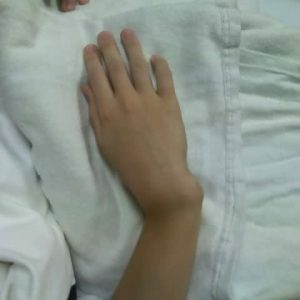 The most common habit of dislocation is formed in the shoulder joint, somewhat less often the patella, elbow and other joints.In this case, the dislocation occurs at the slightest effort, sometimes even in a dream.For a month, the patient may experience several dislocations.As a rule, habitual dislocations are accompanied by pain of less intensity.Patients even manage to adjust sprains independently, which in other words does not solve the problem.
The most common habit of dislocation is formed in the shoulder joint, somewhat less often the patella, elbow and other joints.In this case, the dislocation occurs at the slightest effort, sometimes even in a dream.For a month, the patient may experience several dislocations.As a rule, habitual dislocations are accompanied by pain of less intensity.Patients even manage to adjust sprains independently, which in other words does not solve the problem.
The pathological dislocation of is the result of diseases.With such pathological conditions as purulent arthritis, osteoarticular tuberculosis, cancer, destruction of the capsule and articular ends of bones occurs.And with rheumatoid arthritis, the destruction of the joint surface is observed, as well as the expansion of the joint capsule.
In which joints are dislocations more likely?
Traumatologists distinguish more than ten types of dislocations, depending on the joint in which it appeared. For example, dislocations can occur in the following joints:
- Dislocation of the shoulder joint;
- Dislocation of the forearm;
- Dislocation of clavicle;
- Dislocation of fingers;
- Dislocation of the hip;
- Dislocation of the hip joint;
- Dislocation of lower leg;
- Dislocations of the patella;
- Dislocation of the foot;
- Dislocation of the jaw;
- Dislocation of vertebrae.
Approximately six to eight times more often, dislocations occur in the joints of the upper limbs.Leading position in the frequency of occurrence is the dislocation of the shoulder( approximately 60%), then dislocations of the forearm, clavicle, phalanges of the hand, hips, lower leg and foot are dislocated.
Symptoms of joint dislocation
Acute sprains are accompanied by a click sound, indicating that the bones have come down from an anatomical position, as well as severe pain.When palpation of the injured area, the pain is further intensified.
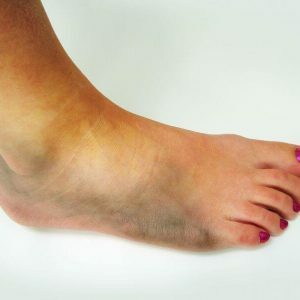 Visually the joint is deformed, which is especially noticeable when compared to a healthy joint.The limb can take an unnatural position, lengthen or shorten.Very swiftly develops soft tissue edema in the area of the dislocated joint, bruising can occur.The patient can not fully move the affected part of the body.When trying to make any movement, a person feels a springy resistance.
Visually the joint is deformed, which is especially noticeable when compared to a healthy joint.The limb can take an unnatural position, lengthen or shorten.Very swiftly develops soft tissue edema in the area of the dislocated joint, bruising can occur.The patient can not fully move the affected part of the body.When trying to make any movement, a person feels a springy resistance.
Skin bloating and cooling may also occur below the level of the dislocated joint.If a nerve is damaged or squashed during the injury, tingling, numbness, and sensitivity decrease.
Diagnosis of dislocations
X-ray examination is performed for the diagnosis of dislocation.Radiography is usually carried out in two planes.The main signs of dislocation are the displacement of the distal ends of bones with the absence of contact of their articular surfaces or with partial contact with subluxation.An additional indication is the displacement of the axis of the dislocated bone.Radiography also allows you to identify possible fractures of bones.
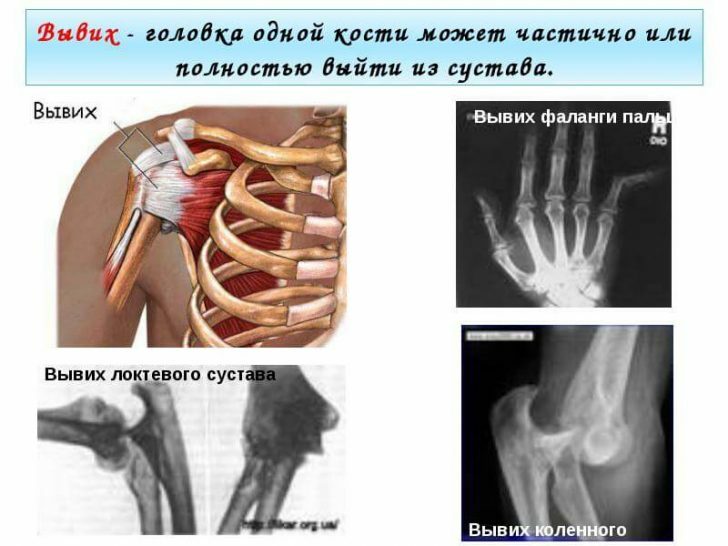
First aid for joint dislocation
The first person to be assisted by the victim should be a person nearby.First of all, you need to call an ambulance or take the person to the nearest trauma center.The earlier the victim gets to the medical institution, the better.Ideally, the patient should consult a doctor within two to three hours of the injury.
So, first aid is rendered as follows:
- The dislocated joint must be immobilized and fixed.For this you can use tires, scarves, handy materials( scarves, sticks).
- You can apply a cold compress to the joint for ten minutes.This will reduce swelling and pain.
- Offer an analgesic to the patient.
- If the injury occurred on the street in the winter, you do not need to remove shoes and outer clothing from a person.
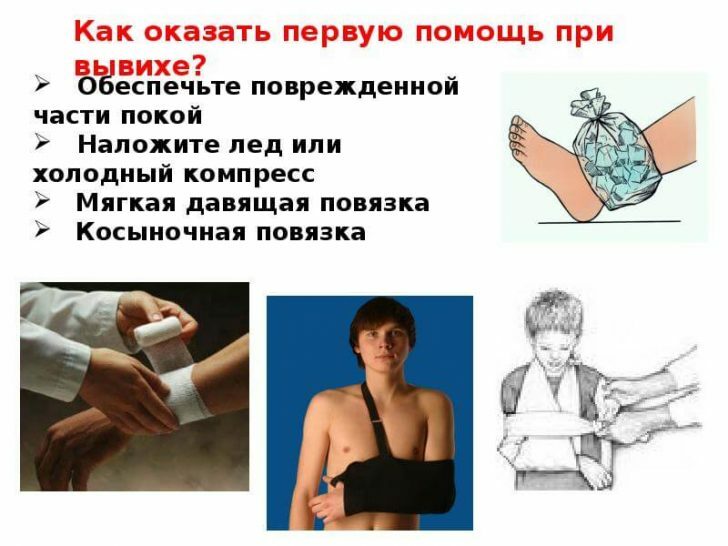
When the victim reaches the hospital, he will be diagnosed, and then proceed to treatment - the dislocation correction.There are many methods of correction, but their essence lies in the return of the distal ends of bones to the anatomical position.With the correct orientation of the bone, do the same trajectory as at the time of injury, only in the reverse order.
Only a medical professional can insert a sprained bone.Do not try to do it yourself, so as not to harm the victim.
Grigorova Valeria, medical reviewer

